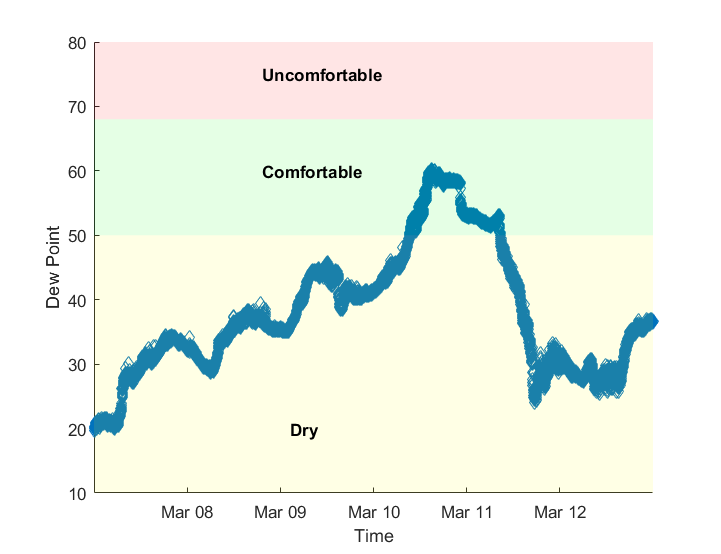

R-20 cavity Insulation with no exterior insulation Nearly one third of the year, moisture could be collecting in the wall cavity, condensing and liquid water could be accumulating in the wall cavity. As we can see, from November through March there is potential for condensation. Safe conditions – defined as no danger of condensation forming – are the times when the light blue line is above the pink zone. The dark blue line represents the mean daily temperate in climate zone 5, and the light blue line represents the temperature of the inside surface of the exterior wall sheathing (back side of sheathing). The data: The sample graph below illustrates when the potential for condensation can occur inside a wall cavity with either no or too little exterior insulation.The result: the surface (usually a wall) gets wet, and mold and mildew begin to grow. This means that warm, moist outdoor air can get in, reach a cool surface, and condense. The reality: Many walls have too little insulation and too many air leaks.It will also (hopefully) make the building more comfortable. The perception: When you insulate a wall, it reduces the heating and cooling costs of a building.This example is for a 2×4 wall in climate zone 4* The question then becomes: when does it make sense to add exterior insulation and when can it be skipped?


As energy codes get more stringent, adding exterior wall insulation is becoming a reality for more builders.


 0 kommentar(er)
0 kommentar(er)
